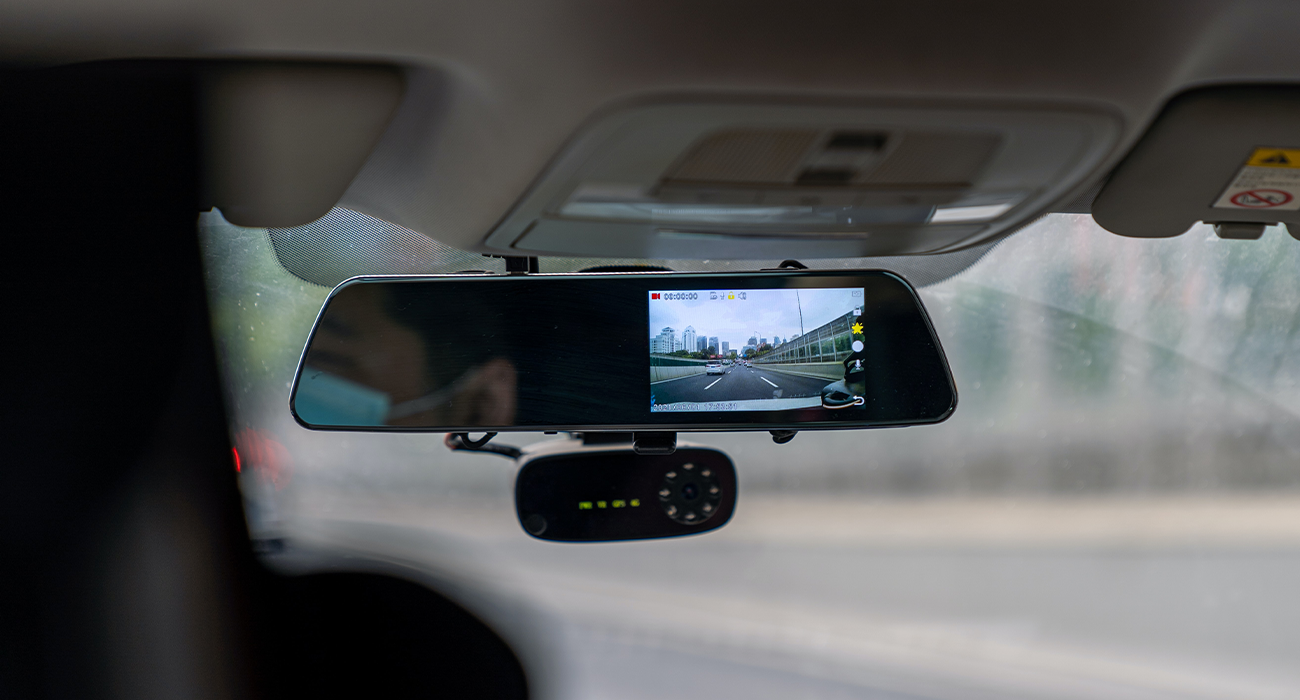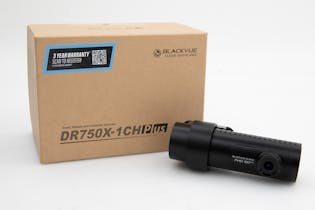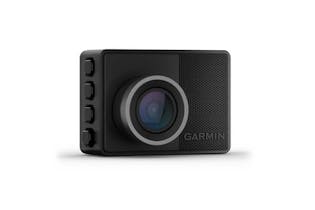Dashcams
Find the best dashcam for your car with our buying guide and test results for 12 new and 15 discontinued models.
In the event of a road incident, a dashboard camera (dashcam) might help identify a dangerous driver or rider, or provide evidence to assist your insurance claim.
Types of dashcams
A forward-facing dashcam captures the road ahead. It can’t record anything behind your vehicle.
A front and rear system has two or more cameras. The forward-facing camera captures the road ahead. But the rear-facing camera doesn’t necessarily record the road behind. There are three main types of rear-facing cameras:
- A rear window dashcam is mounted on the rear window to record the road behind.
- An interior lens or cabin-view camera is mounted on the windscreen. It might capture some of the exterior surroundings, but its purpose is to record the vehicle’s interior. These systems are common in taxis.
- A rear-view camera is mounted on the windscreen. It contains both a front-facing camera and a rear-facing camera. It’ll record the road ahead, the vehicle interior, and the area behind the vehicle.
Front and rear systems can be tricky to set up and may need to be hardwired by a professional. They’re typically more expensive than single forward-facing dashcams. Some front and rear systems can be bought as separate components, which means you can buy the forward-facing camera first and add the rear-facing camera later.
Picture quality
It doesn’t matter how many cameras are included if the footage is grainy, so make sure you buy a dashcam that records good quality pictures. We note vertical resolution and image quality details under ‘Specifications’. But higher resolution doesn’t always mean better quality.
Check our test results to see which dashcams scored best for picture quality under various test conditions.

Features to consider
- Built-in display: This lets you check the camera alignment and review recordings without a computer. Some models use your smartphone as a display, via an app.
- Phone app: Dashcams that sync with a phone app often make it easier to operate. If you have a large phone screen or tablet, it’ll also be easier to view the video footage.
- WiFi: With a connection to the cloud, you won’t need to remove the camera to access the memory card. You’ll be able to stream footage wirelessly from the camera to your computer, tablet or phone.
- GPS: GPS automatically adds your location, speed, and time to the video footage.
- Impact detection: Most dashcams have sensors that can detect impacts or heavy braking. Some automatically save the relevant footage as a separate video file that won’t be deleted. Some also record data about the impact’s force and direction.
- Parking mode: Some dashcams can keep running and detect impacts when the car is parked. Recording time is limited by the capacity of the dashcam’s built-in battery unless the cam is hardwired in or plugged in to an external battery pack.
- Continuous-loop recording: Most dashcams include this feature. The camera records until the memory is full, then loops back to record over the oldest files. You’ll want a fast memory card with a large capacity for HD and 4K recordings. We recommend a Class 6 or 10 card of at least 16GB.
Where to position a dashcam
Dashcams come with either a suction mount for the windscreen or an adhesive mount for sticking to the dashboard. Position yours for the best view of the road ahead, as close to the vehicle’s centreline as possible.
Models with a suction mount can be placed high on the windscreen near the rear-view mirror or down low, close to the dashboard. If your dashcam includes a rear-facing camera, mount it high so its view isn’t obstructed by the front seats. Dashcams with an adhesive mount can be stuck to the dashboard wherever feels most comfortable for the driver.
Wherever you mount your dashcam, make sure it won’t obstruct your vision of the road ahead or block any airbags. Also avoid the critical vision area as set out by the New Zealand Transport Agency.
We've tested 27 dashcams.
Find the right one for you.
BlackVue

Garmin

Garmin
